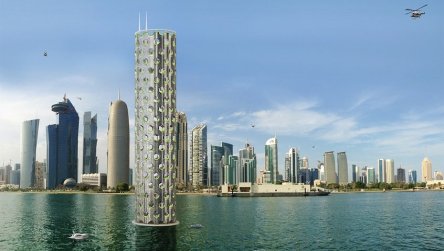Modular single-family homes are old news in the United States. Modular multifamily, however, is just catching on. American multifamily firms are experimenting with modular apartments—and they love the results. Residential modular construction in the US has increased by 32.8 percent since 2007 according to the Modular Building Institute. The boost in projects comes as builders begin to realize the benefits of off-site construction. Benefits include: shorter cycle time since units are built in a controlled environment with fewer unexpected delays and setbacks improved energy efficiency minimal-to-zero material cost overrun lower labor costs consistent finished products Tricorp Hearn Construction of Sacramento experienced these benefits firsthand with its most recent multifamily project. Tricorp chose a modular construction plan for its Eviva Midtown complex. The finished product will be six stories high, including 118 units, each at 12 x 64 feet and weighing 35,000 lbs. The pre-fabricated units will rest atop 5,000 square feet of retail space and an underground parking garage. The project is slated for completion in spring 2016. Total production time for the modular complex is just 18 months. That’s notable savings over the 24-month estimate used for conventional construction. So far, the project is on schedule, on budget, and already piquing the interest of apartment seekers. Modular construction does have its disadvantages. Disadvantages include: increased lead time as much as 150% more resource usage, since units do not share walls, floors, or ceilings high product transportation costs lack of skilled labor, as few architects and contractors have experience with large-scale modular projects and fewer laborers know how to combine units For most developers, the benefits outweigh the disadvantages. Since modular buildings have faster cycle times, they can begin earning rents faster. This can result in greater profits than their site-constructed counterparts. Equity Residential’s...

